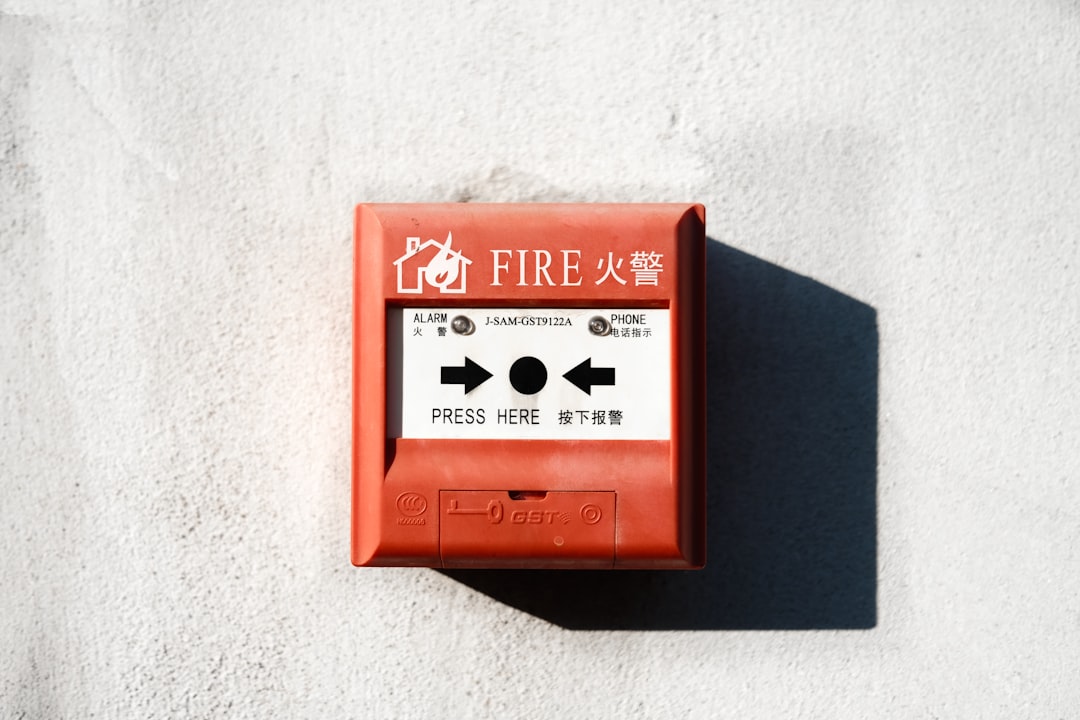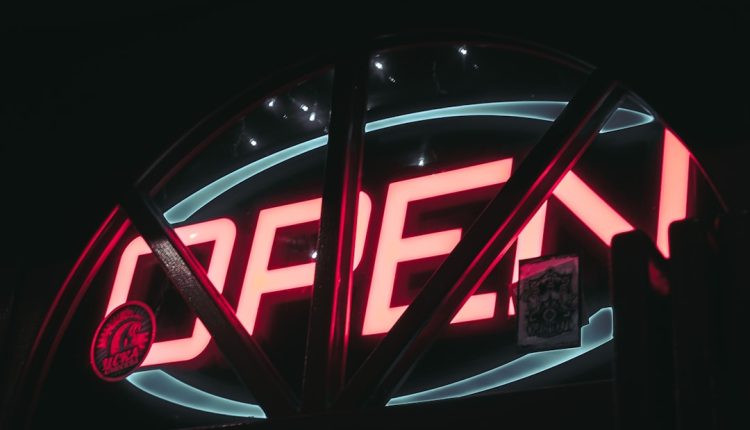One of the core features of the Windows operating system is its reliable and clean user interface, including the Taskbar. However, a common and frustrating issue encountered by many users is the Windows Taskbar appearing while in fullscreen mode. Whether users are watching a YouTube video, streaming content on Netflix, or playing a fullscreen video game, an ever-visible Taskbar can break the immersive experience. This article dives deep into why this happens and provides proven troubleshooting tips that work.
Why the Taskbar Appears in Fullscreen Mode
Table of Contents
Typically, when an application like a media player or browser goes fullscreen, it should automatically cover the Taskbar. But if it doesn’t, there may be underlying software conflicts, visual glitches, or incorrect settings.
Here are some common reasons the Taskbar remains visible in fullscreen mode:
- Foreground application not prioritized
- Windows Explorer needs a restart
- Taskbar settings are misconfigured
- Outdated graphics or system drivers
- Third-party software interference
Fortunately, there are several effective solutions to this problem. Let’s explore them step-by-step.
1. Restart Windows Explorer
One of the classic and most successful fixes is simply restarting Windows Explorer. This refreshes the Taskbar and other UI elements. Here’s how:
- Press Ctrl + Shift + Esc to open the Task Manager.
- Find Windows Explorer in the list under the “Processes” tab.
- Right-click on it and select Restart.
This action should resolve most minor visual glitches with the Taskbar.
2. Enable Taskbar Auto-Hide
Auto-hide is a built-in feature that automatically hides the Taskbar when it’s not in use, which can force it to stay hidden during fullscreen.
- Right-click on the Taskbar and select Taskbar settings.
- Toggle on the option Automatically hide the taskbar in desktop mode.
This setting prompts the Taskbar to stay hidden unless hovered over with the mouse, even in fullscreen.
3. Check for Browser-Specific Fixes
If the issue occurs while using web browsers like Chrome or Firefox to view fullscreen videos or games, the fix may be browser-specific.
For Google Chrome:
- Ensure that you are pressing F11 to enter full browser fullscreen, not just the video fullscreen.
- Type
chrome://flagsin the address bar and hit enter. Look for any experimental features related to the Taskbar and disable them if necessary.
For Mozilla Firefox:
- Press F11 to enter fullscreen browser mode.
- Try disabling all add-ons to check if any are interfering with fullscreen behavior.

4. Update Graphics and Display Drivers
Out-of-date or corrupt display drivers can impact how the Taskbar behaves in fullscreen mode.
To update your drivers:
- Right-click the Start button and choose Device Manager.
- Expand the Display adaptors section.
- Right-click your graphics card and select Update driver.
- Choose Search automatically for drivers.
Alternatively, consider visiting your GPU manufacturer’s website (NVIDIA, AMD, Intel) to manually download and install the latest drivers.
5. Disable Visual Effects and Animations
Windows visual effects can sometimes interfere with the fullscreen process. Here’s how to disable them:
- Open the Control Panel.
- Go to System and Security > System.
- Click on Advanced system settings on the left.
- Under “Performance”, click Settings.
- Select Adjust for best performance or manually deselect animations like “Animate windows when minimizing and maximizing”.
This can help resolve conflicts between the OS’s visuals and fullscreen functionality.
6. Use a Third-Party Fullscreen Enforcer
There are lightweight utilities and apps that enforce fullscreen behavior by forcing other windows, including the Taskbar, to remain in the background. Some popular options include:
- DisplayFusion
- Actual Multiple Monitors
- Taskbar Hider
Though not always necessary, these tools can be useful for persistent issues.
7. Perform a Clean Boot
Third-party apps or services might cause the Taskbar to overlay fullscreen applications. Performing a clean boot can help isolate the issue.
- Press Windows + R, type msconfig, and press Enter.
- Under the Services tab, check “Hide all Microsoft services” and then click Disable all.
- Go to the Startup tab and click Open Task Manager.
- Disable all startup items and restart your computer.
If the Taskbar issue is resolved in clean boot mode, you can begin enabling services one by one to find the culprit.
8. Confirm Windows Updates Are Installed
Microsoft regularly issues patches and updates that fix bugs, including UI problems. Make sure you aren’t missing an important update.
- Go to Settings > Update & Security > Windows Update.
- Click Check for updates and install any pending updates.
This may fix detected bugs causing inconsistent fullscreen behavior.
Conclusion
Having the Taskbar show while in fullscreen can be a vexing issue, but these fixes are almost always successful in tackling the problem. Whether through a simple restart of Windows Explorer or updating drivers and settings, users can usually restore fullscreen functionality quickly. Always ensure your system is up to date, and consider using auto-hide as a quick workaround if you’re short on time.
FAQ: Fixing the Taskbar in Fullscreen
- Q: Why does my Taskbar show in fullscreen on Chrome or YouTube?
A: This is usually due to Chrome not fully entering fullscreen mode or Windows Explorer needing a refresh. Press F11 to go into full browser fullscreen or restart Windows Explorer via Task Manager. - Q: Does restarting my PC fix the Taskbar overlay issue?
A: Sometimes it can. Restarting clears out minor software glitches, but for persistent issues, follow the troubleshooting steps outlined above. - Q: Is auto-hiding the Taskbar a permanent solution?
A: It’s more of a workaround than a full fix. It helps keep the Taskbar out of view during fullscreen, but the root cause still exists if the Taskbar is not behaving as it should. - Q: Will updating Windows fix this issue?
A: Yes, if the problem is due to a known software bug, a Windows update might resolve it. - Q: Do dual monitors affect Taskbar fullscreen display?
A: Yes. Multi-monitor setups sometimes cause Taskbar behavior inconsistencies. Be sure to check the Taskbar settings under display configuration in such cases.

